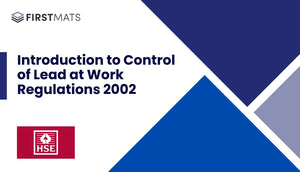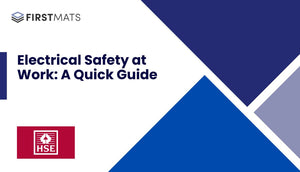Article Index:
Introduction to Working at Height Regulations 2005
The Health and Safety Executive's guide on the Working at Height Regulations 2005 (WAHR) aims to protect employees from falls, a major cause of workplace fatalities and injuries. This guide is essential for employers, employees, and their representatives to understand and comply with WAHR. Understanding what constitutes 'work at height' and dispelling misconceptions about the use of ladders and stepladders is crucial for safety.
Key Steps Before Working at Height
Employers must take specific steps to ensure safety when working at height, including avoiding work at height where possible, using safe places or right equipment to prevent falls, and minimizing the distance and consequences of a fall if it occurs.
Regulations Applicability and Compliance
WAHR applies to employers and those who control work at height, such as contractors. Compliance involves planning, supervision, and execution by competent individuals, along with risk assessments and sensible approaches to work at height situations.
Protection Measures and Competency Requirements
Protection strategies should prioritize collective protection over individual protection measures. Employers must ensure the right type of equipment is used and maintained, and they must appoint competent persons for supervision and training.
Common Causes of Accidents and Planning Considerations
Risks like falls through fragile roofs are prevalent in construction and other industries. Employers need to consider various factors in planning work at height, such as weather conditions, safety of the work place, and measures to prevent falling objects.
Selecting and Maintaining Equipment
Choosing suitable equipment for work at height involves considering the working conditions, nature of the work, and associated risks. Regular inspections and maintenance of equipment are vital to ensure safety and stability.
Employee Responsibilities and Consultation
Employees also have responsibilities, such as reporting hazards and using equipment properly. Employers must consult with employees on health and safety matters, involving them in risk management and training provisions.
Architects and Building Designers' Duties
Architects and building designers have specific duties under The Construction (Design and Management) Regulations to consider work at height requirements in their designs and minimize the need for such work in future maintenance and repair.
Conclusion
This article provides an overview of the Working at Height Regulations 2005, highlighting essential measures and responsibilities to prevent falls and ensure safety. Following these guidelines will help in reducing work-at-height-related accidents and injuries.







